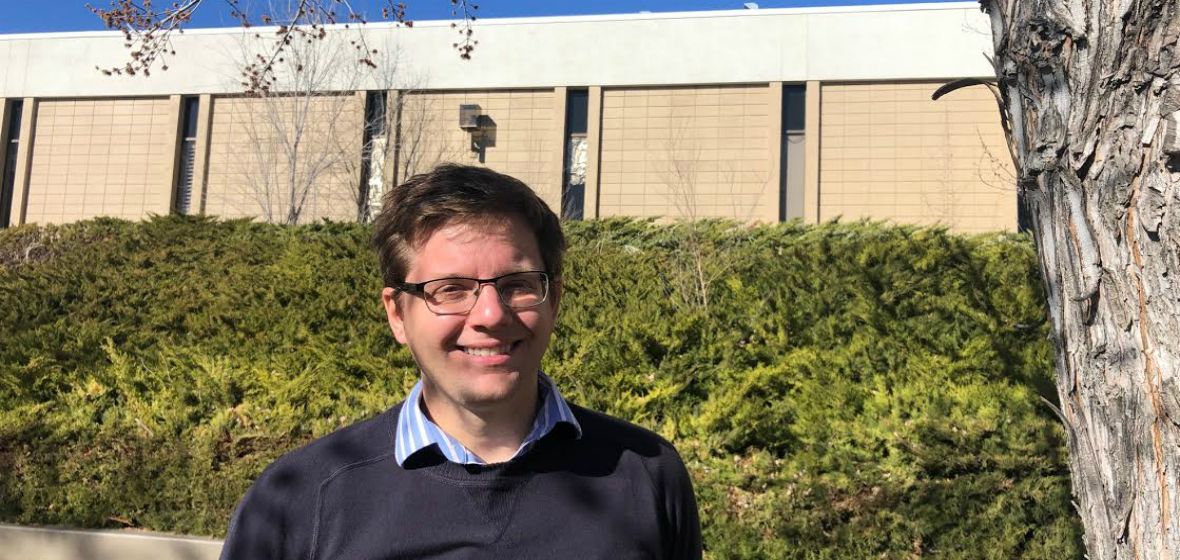Epidemiologist and Associate Professor from the University of Nevada, Reno’s School of Community Health Sciences, Matthew Strickland, has conducted the largest all-ages study of emergency respiratory visits. His study, based on 38.4 million emergency visits, covers nearly 45 percent of the U.S. population. With the help of his team and the Centers for Disease Control and Prevention, Strickland was able to show that increases in daily pollution levels were associated with increases in emergency respiratory visits in 869 counties across the United States.
Unlike previous studies, Strickland and his team studied emergency respiratory visits of all ages of people, not just those considered susceptible to pollution. In fact, they conducted the first large, multi-city study of short-term air pollution health effects on respiratory disease among all ages. Strickland and his team studied data from 2000-2014. They were particularly focused on fine particulate matter and ozone air pollutants. Exposure to either pollutant is linked to increased asthma exacerbations and cardiovascular disease mortality.
“I believe it is the most significant contribution to science I have made in my career,” Strickland said. “It fills in a key gap in the literature regarding short-term health effects of air pollution. Previous national-level research has been limited to studies based on Medicare data and death certificates, but those studies are overwhelmingly among older adults.”
Strickland’s team discovered that fine particulate matter exposure was more strongly associated with respiratory emergency visits among children compared to adults. Strickland’s research was incorporated into the Environmental Protection Agency’s Integrated Science Assessments for ozone and fine particulate matter, which are used to inform federal standards for clean air
“The revelations of Matt’s current work and the implications of his upcoming study are impressive,” Trudy Larson, professor and dean of the University’s School of Community Health Sciences, said. “We are proud of his accomplishments and look forward to learning more from the findings of his important research.”
Moving forward, Strickland recently received an award from the National Institutes of Health to study the effects of smoke from wildfires and prescribed burns on cardiorespiratory health locally. The five-year, $2.8 million dollar NIH-funded project will begin April 1, 2019.
Find out more about Strickland’s recent study by reading the published paper through the American Thoracic Society.












